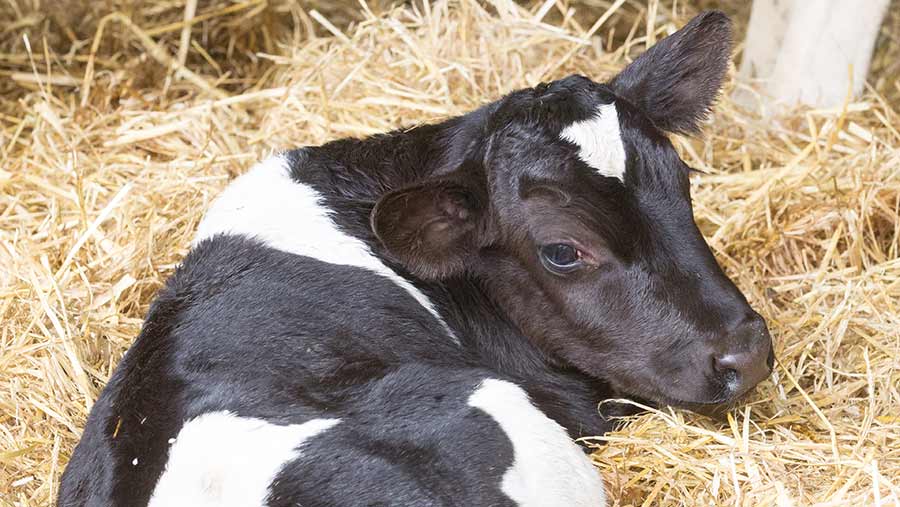Dairy herd calf registrations hit highest level for a decade
 © Tim Scrivener
© Tim Scrivener Calf registrations to dairy dams have risen to the highest level for more than 10 years, according to British Cattle Movement Service data.
The latest figures showed 403,400 calves were registered in the first quarter of 2021 – up 5.9% or 22,392 head on the same period last year.
This is highest number of births seen for the period from January to March for at least 10 years and is 7.5%, (28,185 head) above the five-year average.
See also: 10 points to consider before converting farm buildings
February saw the largest increase in registered births to dairy dams, with numbers up by 7% year-on-year, despite February 2020 being a 29-day month.
March also saw a substantial increase of 6.7% compared with a year earlier. The AHDB said the latest data followed a similar seasonal pattern to recent years, with a higher proportion of calvings in February/March and August/September.
However, the sudden increase in registered births through February and March is likely related to recent changes to requirements within milk contracts, a spokesperson said. In the past, many bull calves have been euthanised very early in their lives.
But milk buyer policies have been introduced in the past 12 months that stipulate these animals must be reared, contributing to the sudden uptick in registrations.
Over many years, there has also been an increasing shift towards sexed semen to produce heifers rather than lower-value dairy breed bull calves. Most dairy units will also use beef breed semen on cows not selected to breed replacements.
This has added value to bull calves and has seen the proportion of prime beef produced by the dairy herd reach 55% of the UK’s total output
